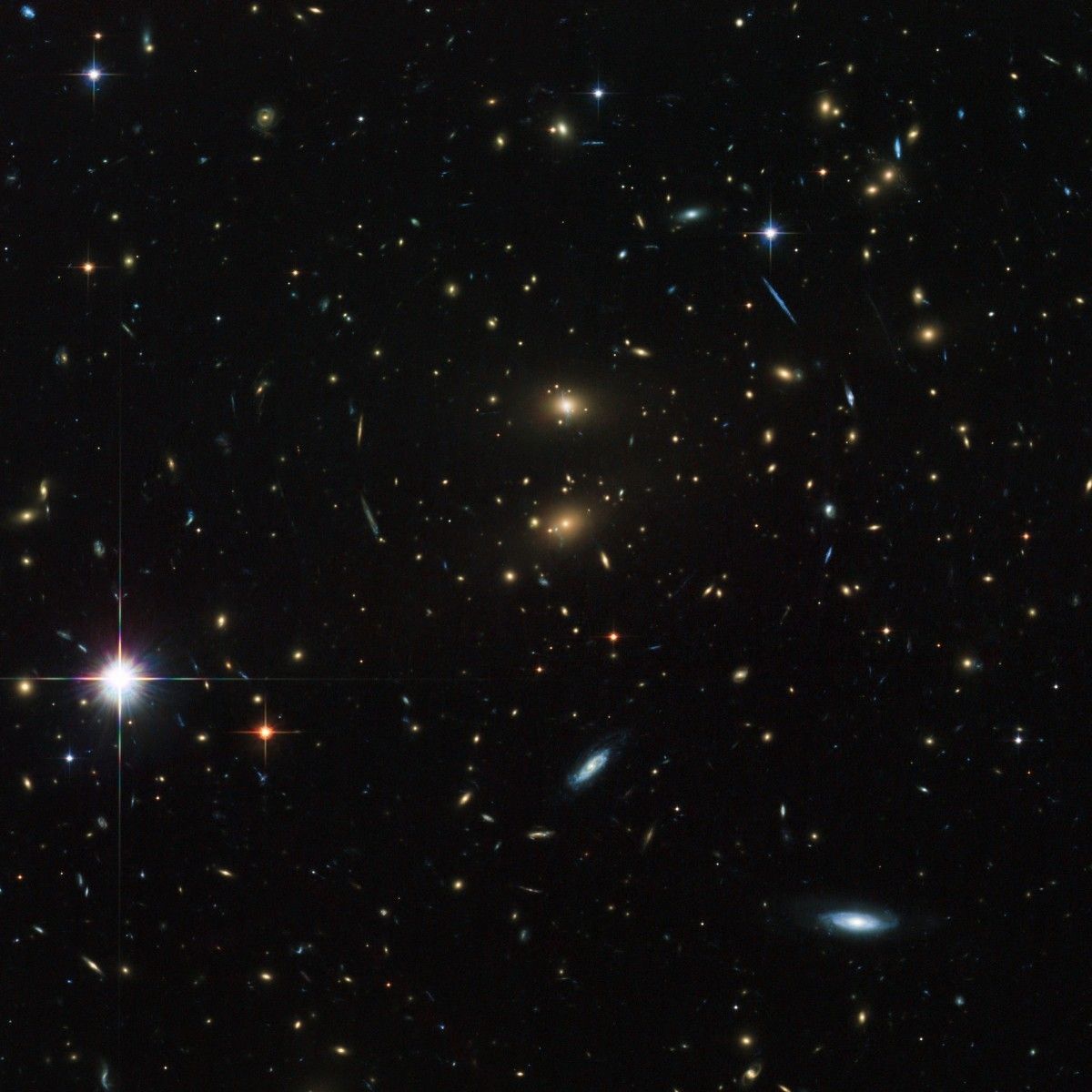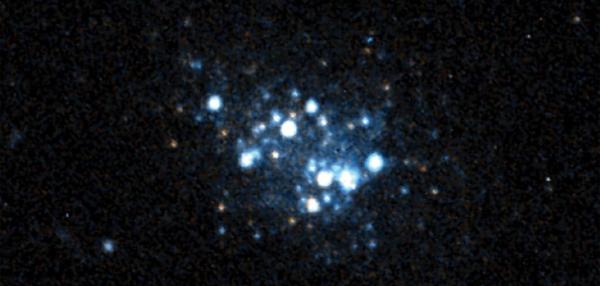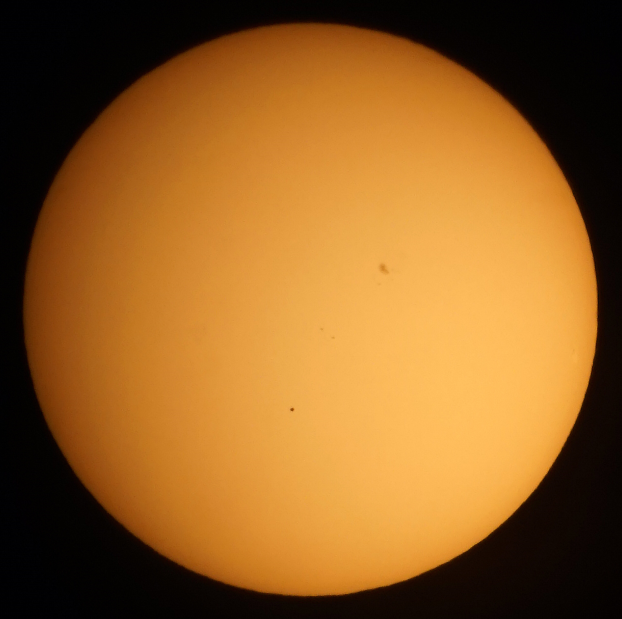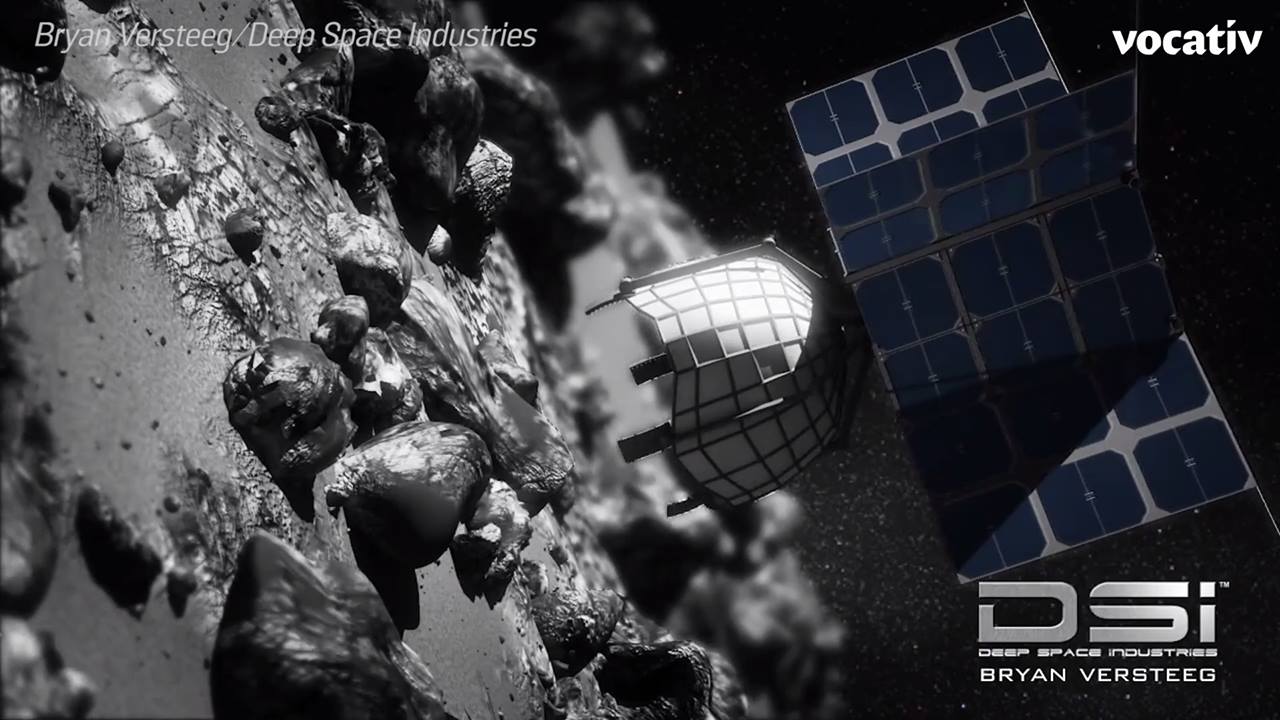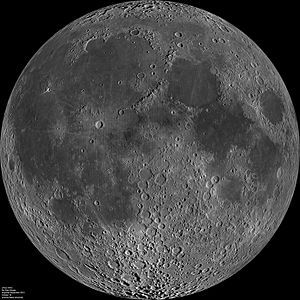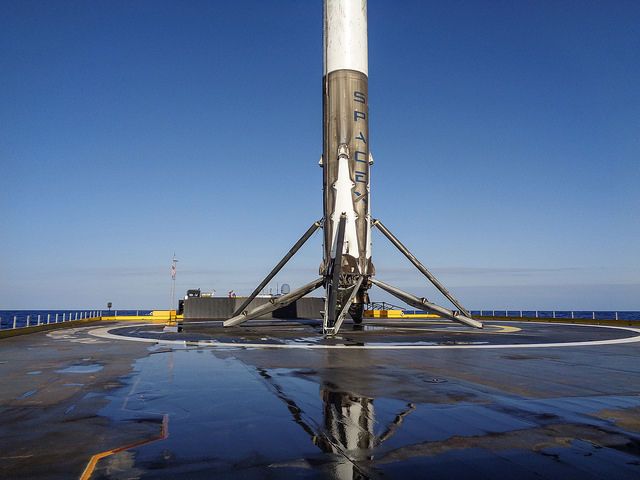It is fascinating to think that in 100 billion years a new civilization might look into the sky and have all the evidence to think their galaxy is the entire universe.
Even with a perfect understanding of science and a perfect execution of technologies, there are some things we’ll never reach.
